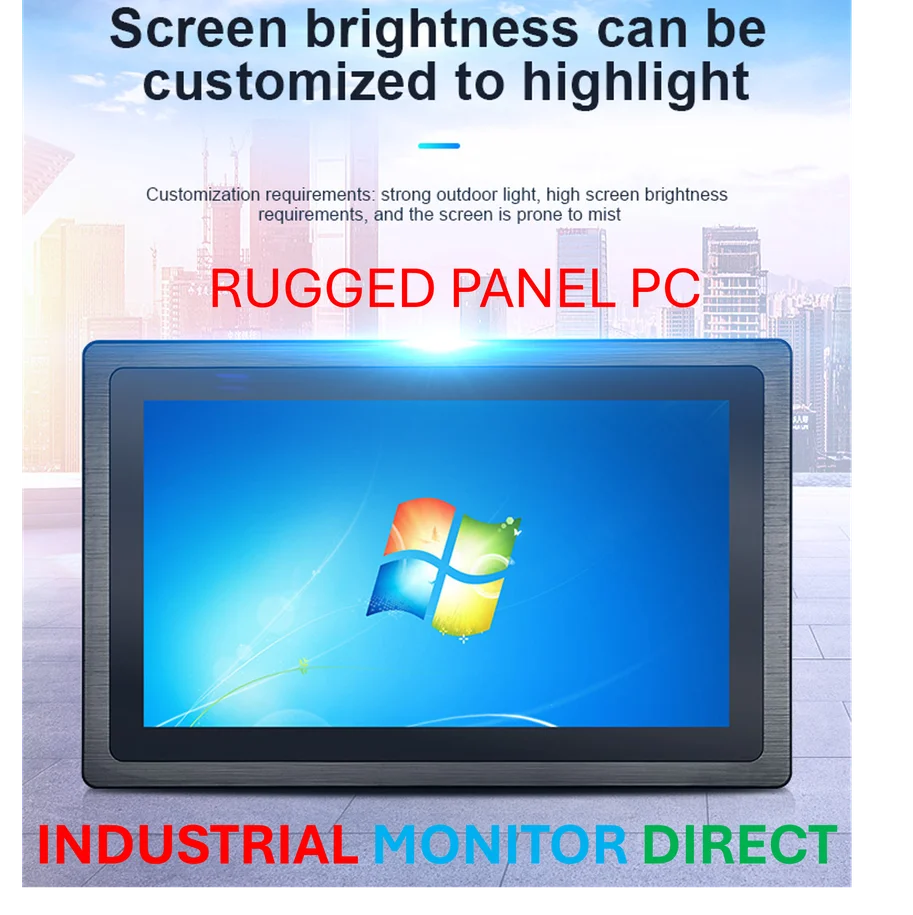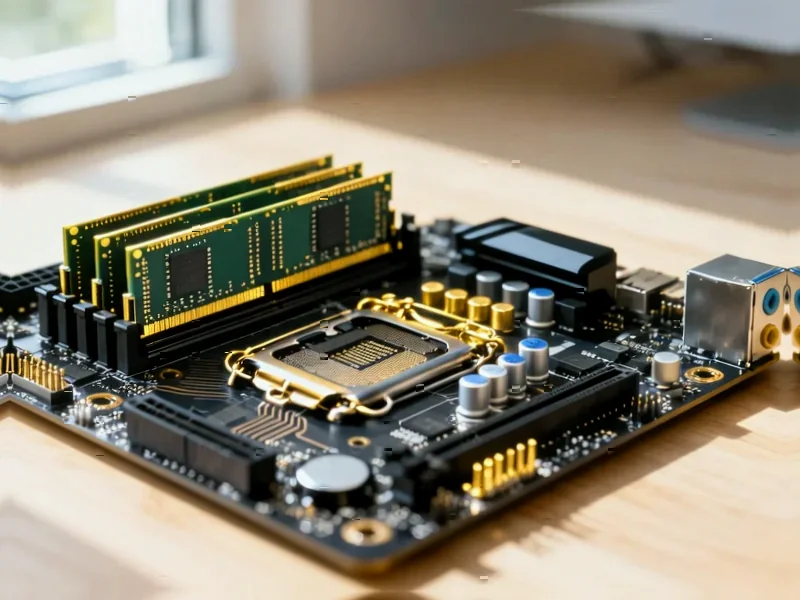According to PCWorld, Microsoft has officially launched Mixed Reality Link for all Windows 11 users with Meta Quest headsets after testing the feature throughout 2024. The technology enables users to create virtual workspaces with multiple large monitors in VR environments, working with both local Windows computers and cloud-based platforms including Windows 365 Cloud PC and Azure Virtual Desktop. The experience directly competes with Apple Vision Pro’s productivity features but at dramatically lower costs, with Meta Quest 3S headsets priced at approximately one-tenth of Apple’s $3,500 device. This mainstream availability marks a significant expansion of Microsoft’s mixed reality strategy beyond specialized enterprise applications.
The Enterprise Productivity Play
Microsoft’s timing with Mixed Reality Link reveals a calculated enterprise-first approach that differs fundamentally from Apple’s consumer-focused Vision Pro strategy. By integrating with established enterprise platforms like Windows 365 and Azure Virtual Desktop, Microsoft is targeting the remote and hybrid workforce market that exploded during the pandemic. This isn’t about creating new workflows but enhancing existing ones—employees who already use multiple monitors for productivity can now replicate that setup anywhere. The cloud integration is particularly strategic, as it allows companies to maintain security protocols while giving employees flexible access to virtualized desktop environments without requiring powerful local hardware.
Democratizing Spatial Computing
The price differential between Meta Quest hardware and Apple Vision Pro represents more than just cost savings—it fundamentally changes who can access spatial computing for work. At roughly $300 for a Quest 3S versus $3,500 for Vision Pro, Microsoft and Meta are making enterprise VR accessible to small businesses, freelancers, and educational institutions that would never justify Apple’s premium pricing. This democratization could accelerate adoption in developing markets and among cost-conscious organizations, potentially creating a much larger installed base than Apple’s luxury approach. However, the success of this strategy depends heavily on whether the user experience can match the promise of multi-monitor productivity without causing the motion sickness and eye strain that have plagued earlier VR productivity attempts.
The Technical Integration Hurdles
While the concept of virtual workspaces sounds compelling, the practical implementation faces significant technical challenges that Microsoft must overcome. Latency in cloud-based environments could undermine the fluid experience needed for productive work, especially for applications requiring real-time responsiveness. The integration between Windows 11, Meta’s operating system, and various cloud platforms creates multiple potential failure points that could frustrate users expecting seamless operation. Additionally, the current generation of VR headsets still struggle with resolution and text clarity compared to physical monitors, which could limit adoption among professionals working with detailed spreadsheets, code, or design applications for extended periods.
Shifting VR Market Dynamics
This partnership between Microsoft and Meta represents a strategic alignment that could reshape the entire VR landscape. While Apple focuses on creating a premium, walled-garden ecosystem, Microsoft is leveraging its enterprise relationships and Windows dominance to make VR practical for business use. The collaboration is particularly significant given Microsoft’s previous partnership with Meta’s competitor, HoloLens, showing the company’s pragmatic approach to mixed reality partnerships. For Meta, this provides crucial enterprise credibility beyond gaming and social applications, potentially opening new revenue streams as consumer VR adoption has plateaued. The success of Mixed Reality Link could determine whether spatial computing becomes a mainstream productivity tool or remains a niche enterprise solution.
The Road Ahead for VR Workspaces
Looking forward, the success of Mixed Reality Link will depend on solving fundamental user experience challenges that have limited VR productivity adoption. Battery life, comfort during extended use, and seamless switching between physical and virtual workspaces remain significant barriers. Microsoft’s decision to launch now suggests they believe the technology has reached a maturity level where these trade-offs are acceptable for specific use cases. If successful, this could pave the way for more sophisticated mixed reality applications that blend physical and digital workspaces more intelligently, potentially using Microsoft’s Mesh platform for collaborative environments. The true test will be whether organizations actually deploy this at scale or if it remains a novelty for early adopters.




